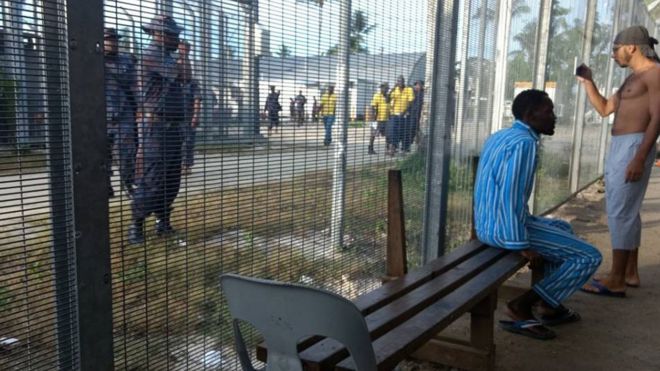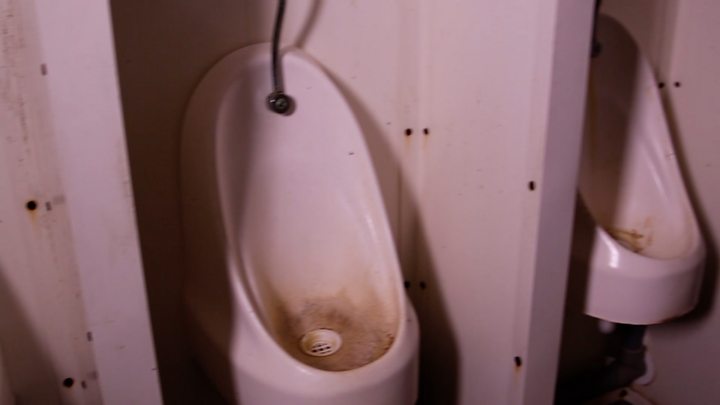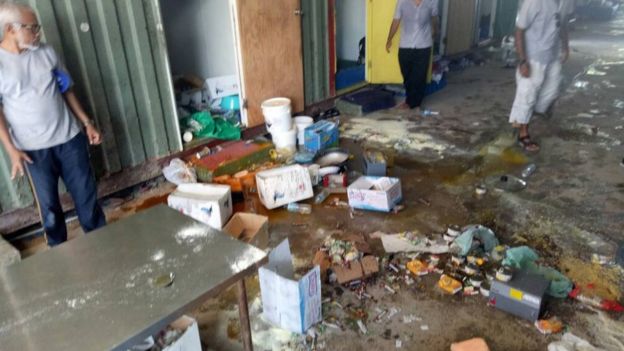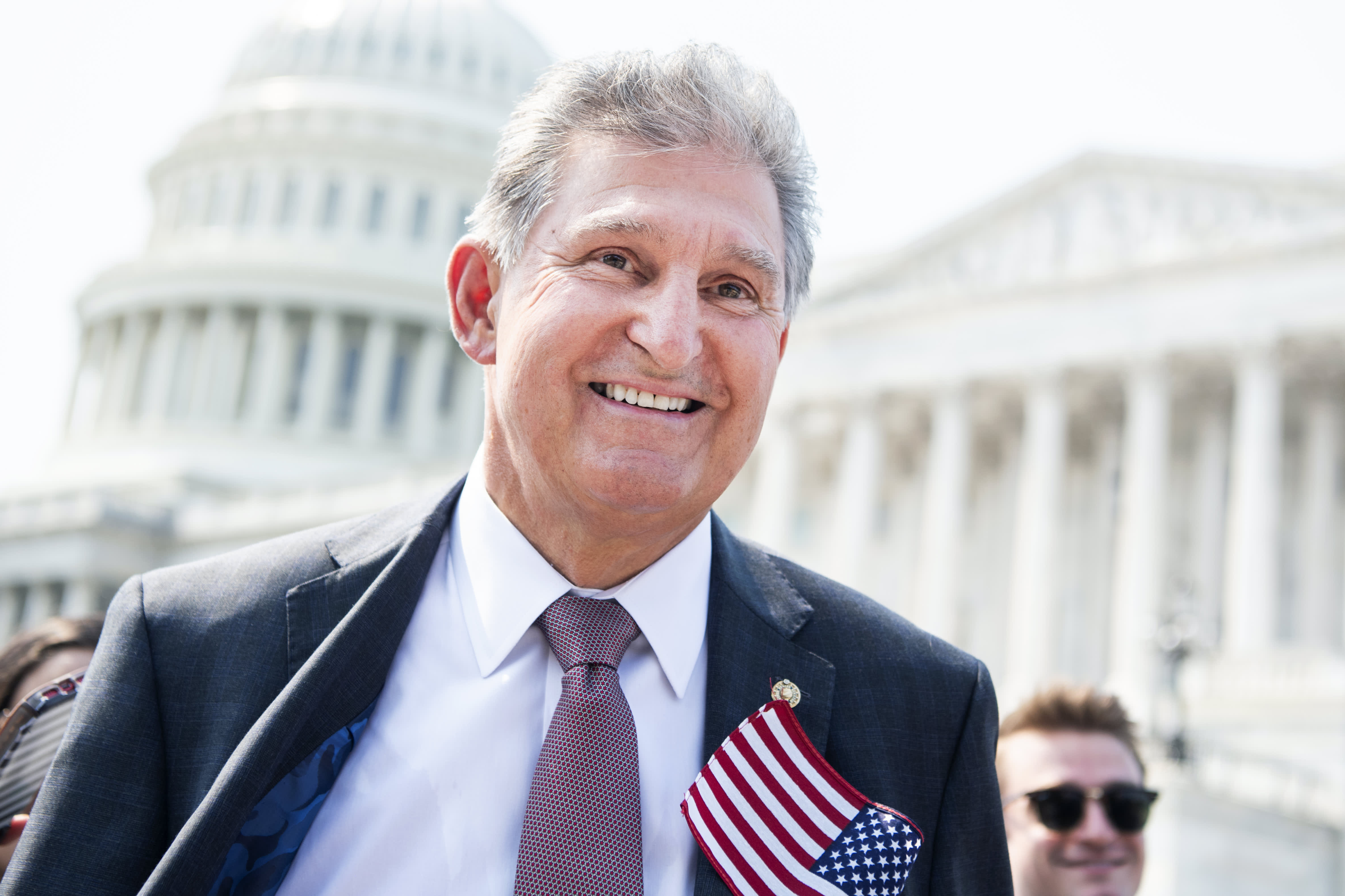
Police in Papua New Guinea (PNG) have entered a former Australian-run detention centre in a bid to get asylum seekers who remain there to leave.
Hundreds of men have refused to leave the Manus Island centre since it was closed on 31 October, citing fears for their safety in the local community.
On Thursday, men inside the camp said that PNG police had given them a one-hour deadline to leave. One refugee, a journalist, was detained and released.
Australia said it was a PNG operation.
Under a controversial policy, Australia has detained asylum seekers who arrive by boat in camps on Manus Island and Nauru, a small Pacific nation.
Australia shut down the Manus Island centre after a PNG court ruled it was unconstitutional, urging asylum seekers to move to transit centres elsewhere on the island.
- ‘Our situation is just like hell’
- Manus: Timeline of a key events
- Australia asylum: Why is it controversial?
Prime Minister Malcolm Turnbull said his nation would “not be pressured” into accepting the men, reiterating a long-held policy that such a move would encourage human trafficking.
“They should obey the law and the lawful authorities of Papua New Guinea,” Mr Turnbull said.
One refugee, Abdul Aziz Adam, said about 420 asylum seekers were in the centre early on Thursday. PNG police later told Australia’s ABC that about 35 men had left voluntarily.
The Sudanese refugee told the BBC a large number of police officers had entered the compound.
“They had a really big microphone in their hands and started telling people ‘you have to move’. They are taking all the phones away, destroying all the rooms and belongings and everything,” he said.
Another refugee, Iranian reporter Behrouz Boochani, was briefly detained. His arrest was described by Australia’s journalism union, the Media, Entertainment and Arts Alliance, as an “egregious attack on press freedom”.
A video and a separate photo appeared to show Mr Boochani being led away by officers.
The journalist, a prominent voice within the centre, later tweeted that he had been “handcuffed” for more than two hours and had his belongings broken.
The asylum seekers have refused to leave because of safety fears on the island, where there is tension between them and the local community. Asylum seekers have been attacked in the past, rights groups say.
Wait for resolution
Hwyel Griffith, BBC News Sydney correspondent
This is the most direct action so far by the PNG authorities, but it doesn’t mean the stand-off is ending.
In the last three weeks deadlines have come and gone, water supplies have been repeatedly disrupted, food has dwindled, and parts of the centre have been dismantled.
With each step the resolve of the men who want to remain there seems only to have increased.
They are anxious to try and keep the spotlight on Manus Island, and are likely to resist removal for as long as physically possible.
Earlier, Mr Boochani tweeted that an Australian police officer appeared to be “guiding” some local officers. This was denied by Australian Federal Police, who said they had no involvement in the operation.
Australia has repeatedly said that alternative accommodation for the asylum seekers is ready.
However, the UN’s refugee agency said on Tuesday that housing remained “under construction”, was inadequately secured, and lacked “the most basic services” such as a medical care.

“We were there and saw for ourselves that they are trying to complete the site as quickly as possible,” said deputy regional representative Nai Jit Lam.
The UN has said a majority of the men have refugee status.
Future unclear
Canberra has steadfastly ruled out allowing the men into Australia, arguing it would prompt further human trafficking and lead to deaths at sea.
Refugees had been given the option of permanent resettlement in PNG, applying to live in Cambodia, or requesting a transfer to Nauru. Advocates say few have taken up these options.
 Image copyrightABDUL AZIZ ADAM
Image copyrightABDUL AZIZ ADAMThe US has agreed to take up to 1,250 refugees from Manus Island and Nauru under a resettlement deal. However, it may ultimately accept fewer than that.
New Zealand has offered to take 150 refugees from the PNG centre, but Canberra has resisted this proposal – arguing it would effectively be a “back door” to Australia.
Source:-BBC



